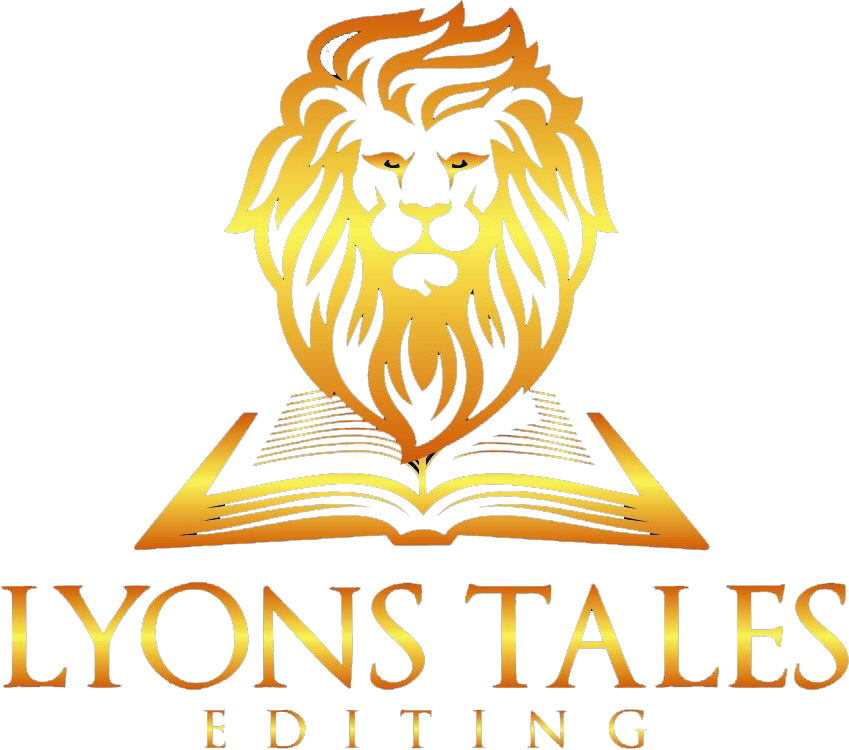What's the Difference Between Proofreading and Editing?
Do you ever get confused in the world of writing, wondering over the difference between proofreading and editing? You're not alone! It's like trying to pick between a red apple and a green one - they seem similar, but each has its unique flavour.
Proofreading is your last check for typos and small mistakes, ensuring everything's tidy and neat. Editing, on the other hand, is about diving deep into your text, tweaking and reshaping it for better flow and clarity. Let's untangle these two and discover how they each play a vital role in turning your writing from good to great!
Proofreading: Polishing words to perfection
Imagine you're an artist, and you've just painted a stunning landscape. Before showing it off, you give it one last look to make sure every leaf and cloud is just perfect. That's proofreading in the literary world. It's the final step in the writing process, a meticulous sweep through a document to catch and correct any lingering mistakes in spelling, grammar and punctuation. It's like giving your text a final polish before it steps out into the world.
Let’s have a look at some examples of how proofreading can make the biggest difference to a piece of writing. (Try and stop yourself from immediately correcting the mistakes!)
Before Proofreading: "Their going to there house with there friends."
After Proofreading: "They're going to their house with their friends."
The impact:
A tricky one that can trip anyone up, getting ‘there’ and ‘their’ right is pretty important when it comes to correct writing. When this sentence is corrected, it makes sure that the meaning makes sense and grammar is accurate.
Before Proofreading: "She had alot of books, wich she read often."
After Proofreading: "She had a lot of books, which she read often.
The impact:
These corrections make the text smoother and free from errors, showing careful attention to detail and a strong standard of writing.
So, proofreading is the quality assurance team for your document, the last line of defence, ensuring that every 'i' is dotted and every 't' is crossed. This stage is not about changing the content or the structure – it's about making sure what's already there is as shiny and error-free as possible.
Editing: Sculpting words into masterpieces
Now, let's talk about editing. If proofreading is giving your work a final polish, editing is where you sculpt and shape your creation. This process dives deep into the content, structure, style and clarity of the text. Editing is about enhancing the flow, cutting out the fluff and ensuring the message is clear, coherent, and hopefully, captivating.
Looking at the big picture, editing makes sure that the text achieves its purpose – whether it's to inform, persuade, entertain, or a bit of all three. Editing can involve rephrasing sentences for better clarity, reorganising paragraphs for better flow, or even suggesting changes in the overall structure.
Let’s check out two examples of editing in action:
Before Editing: "The project was managed by Susan, who is an engineer, and it was done in a manner that was very efficient and effective, leading to successful outcomes."
After Editing: "Engineer Susan managed the project with remarkable efficiency and effectiveness, resulting in successful outcomes."
The impact:
The edited sentence is more concise and direct. It removes unnecessary details and rephrases the sentence for better flow and impact, making the key information stand out.
Before Editing: "The weather was bad. It was raining. The soccer match was postponed. Everyone was disappointed."
After Editing: "With the weather throwing a rain party, the much-awaited soccer match decided to take a rain check, leaving everyone a tad blue."
The impact:
This edit bundles up the gloomy details into a more playful narrative. It's the same story but told with a wink, adding a light-hearted twist to the disappointment.
Spot the difference: Proofreading vs. editing
But if you’re wondering how you can really tell the difference between proofreading and editing…let's break it down in more detail.
Focus: The main difference is what each method focuses on. Proofreading is like running a fine-toothed comb over your hair, catching any out-of-place strands. It sticks to the surface, ensuring no small mistake is left unchecked, like a meticulous cleaner who wouldn't miss a speck of dust.
Editing, on the other hand, is like an archaeologist, digging deep to unearth the hidden treasures in your writing. It delves into the very core of your text, reshaping it until it sparkles with clarity and style.
Purpose: The purpose of proofreading is to carefully review text to identify and fix any typographical errors and grammatical mistakes, making sure that the text is accurate and presented well. As editing’s job is to improve overall readability and impact, it focuses more on refining and adjusting the text's clarity, style and flow.
Stage in the process: Proofreading is the final step, while editing comes in earlier, often multiple times throughout the writing process. Think of editing as preparing your garden: planting the seeds, watering them, and ensuring they grow right. Proofreading, then, is like pulling out the last few weeds and making sure everything looks neat and tidy.
Become a master of proofreading and editing skills!
Are you ready to go deeper into the world of proofreading and editing? There's a treasure trove of knowledge waiting for you in online courses and learning resources. Whether you're a budding writer, a curious reader, or just someone who loves to play with words, online courses can help you hone your skills.
The Comprehensive Copywriting Academy offers online learning that not only teaches you the technical skills of copywriting, but also immerses you in the art of fine-tuning a piece of writing until it sparkles.
So, why wait? Enroll in a proofreading course, join an editing workshop, or simply start with an online tutorial. Who knows, you might be the next guardian of grammar or a saviour of syntax in the making!





